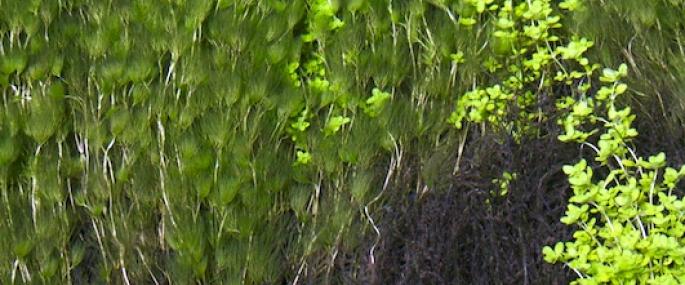Spiked Water-milfoil is an aquatic plant, living submerged in slow-flowing streams and ditches, as well as lakes, ponds and flooded gravel pits. Its attractive, feathery leaves are held just below the surface of the water, but its tiny reddish flowers emerge on spikes during June and July. It provides shelter for many aquatic creatures and emergent stems offer places for dragonflies and damselflies to alight and lay their eggs.
Human activity, including the drainage of land for agriculture and development, has resulted in the disappearance of many of the UK's wetlands. The Wildlife Trusts are working closely with planners, developers and farmers to ensure our wetlands are protected. You can help too: add native plants and flowers to a wildlife-friendly pond and provide shelter for amphibians and nectar for insects. In particular, be careful to choose suitable plants and avoid invasive species, such as Parrot's Feather, which can spread to the countryside and cause problems for native wildlife, shading out plants and suffocating our waterways. In partnership with the RHS, The Wildlife Trusts' Wild About Gardens initiative can help you plan your wildlife garden.
